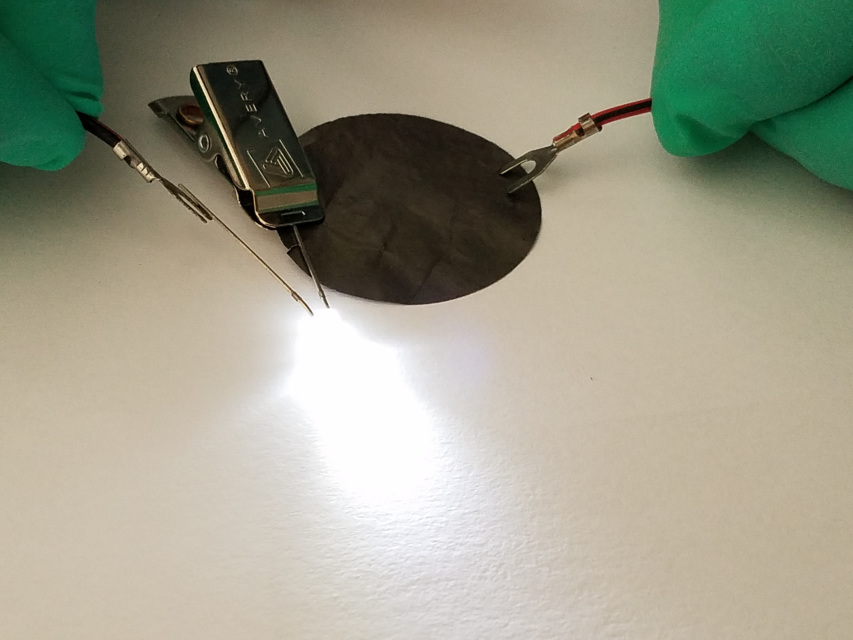The demand for graphene for sale has risen tremendously over the last couple of years meaning that the miraculous material has found its way into various branches of the industry.If you are struggling to fully understand what graphene is, this article will hopefully provide basic answers for at least some of your questions.
What is Graphene?
Basically, graphene is nothing more than just another form (allotrope) of carbon. It consists of a single layer of atoms arranged in hexagonal structure. This structure is actually a foundation for several other carbon allotropes, such as fullerenes, graphite or even charcoal. The molecule of graphene is two-dimensional, polycyclic, aromatic and can be indefinitely large. It is a substance with somecuriousattributes. For example, graphene was proved to be aefficient conductor of both heat and electricity. Graphene has also showndiamagnetic (ability to be repelled by magnetic field) properties strong enough to be levitated by certain powerful magnets.

Another interesting feature of graphene is the material’s noteworthystrength. It is one of the strongest materials currently known to us. Despite this evidentfortitude, a layer of graphene is almost completelysee-through, due to its thinness (a single layer is just as thin as one atom). More information about graphene and its traits can be accessed via this link.
Confused by The Terms?
Graphene can often be mistaken for some other carbon allotropes such as graphite and graphyne and also forgraphane.
While everyone knows graphite as the soft material used in pencils, it is remarkable that its internal structure is so much like that of graphene.
Graphane represents a two-dimensional variant of cubic diamond and it combines atoms of carbon and hydrogen.
Graphyne is currently just a theorized allotrope of carbon very similar to graphene in terms of arrangement.
Another expression often confused with graphene can be grapheme, which is in fact a linguistic concept standing for the smallest unit of a writing system, thus something from a completely different field of science.
Graphene for Sale – The Discovery of Graphene
Graphene was actually a subject of theories over historybefore being sighted for the first time in 1962 and then rediscovered and described in 2004.Andre Geim and Konstantin Novoselov from University of Manchester were awarded Nobel Prize in Physics in 2010 “for ground-breakingexperiments regarding the two-dimensional material graphene”.The rediscovery was a highly interesting process as well and the processthe scientists utilised may soundunconventional.Geim and Novoselov used slices of sticky tape to separatethe particularsheets of graphene from graphite. Some more information about the discovery can be found here.
It is an interesting fact actually that graphene has beenunknowingly produced for a long time as a side effect of quite a frequent activity – writing with a pencil. Smearing the graphite into thin layers during writing caused tiny chunks of graphene to be produced.
Materials of The Future
Invention of materials such as graphene or fullerenes represent important turning pointsof scientific research. As a side note, not only carbon can become a basis for a two-dimensional material. Phosphorus, molybdenum and silicon are just a few other examples. These materials could really change the future, due to their potentialforapplication in various fields of science.For example in medicine (tissue engineering…), electronics (transistors, conductive ink…) and many more.
There are more articles on the topic for grapheneto come, in which additional information about its possible applications will be presented.

















